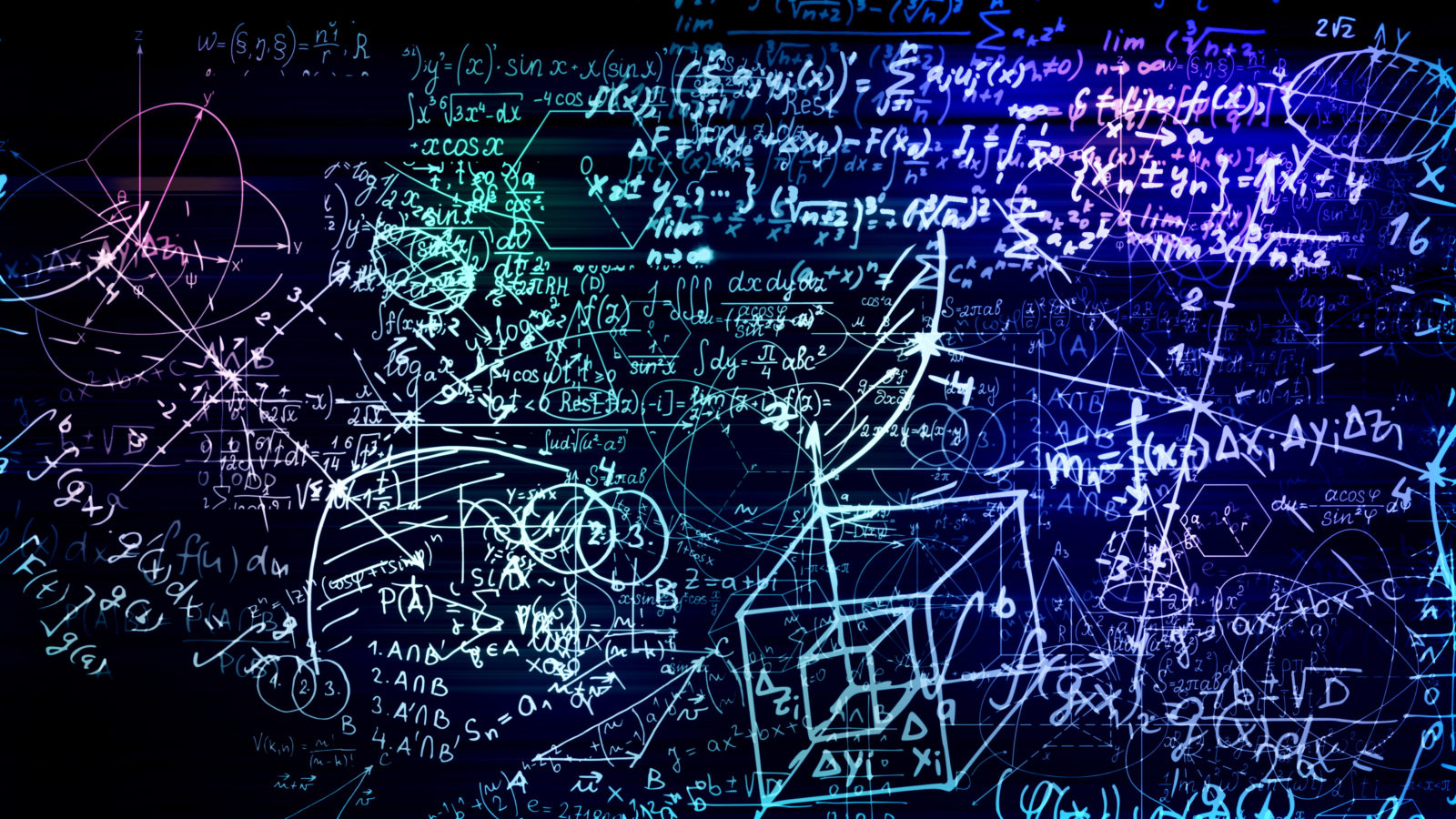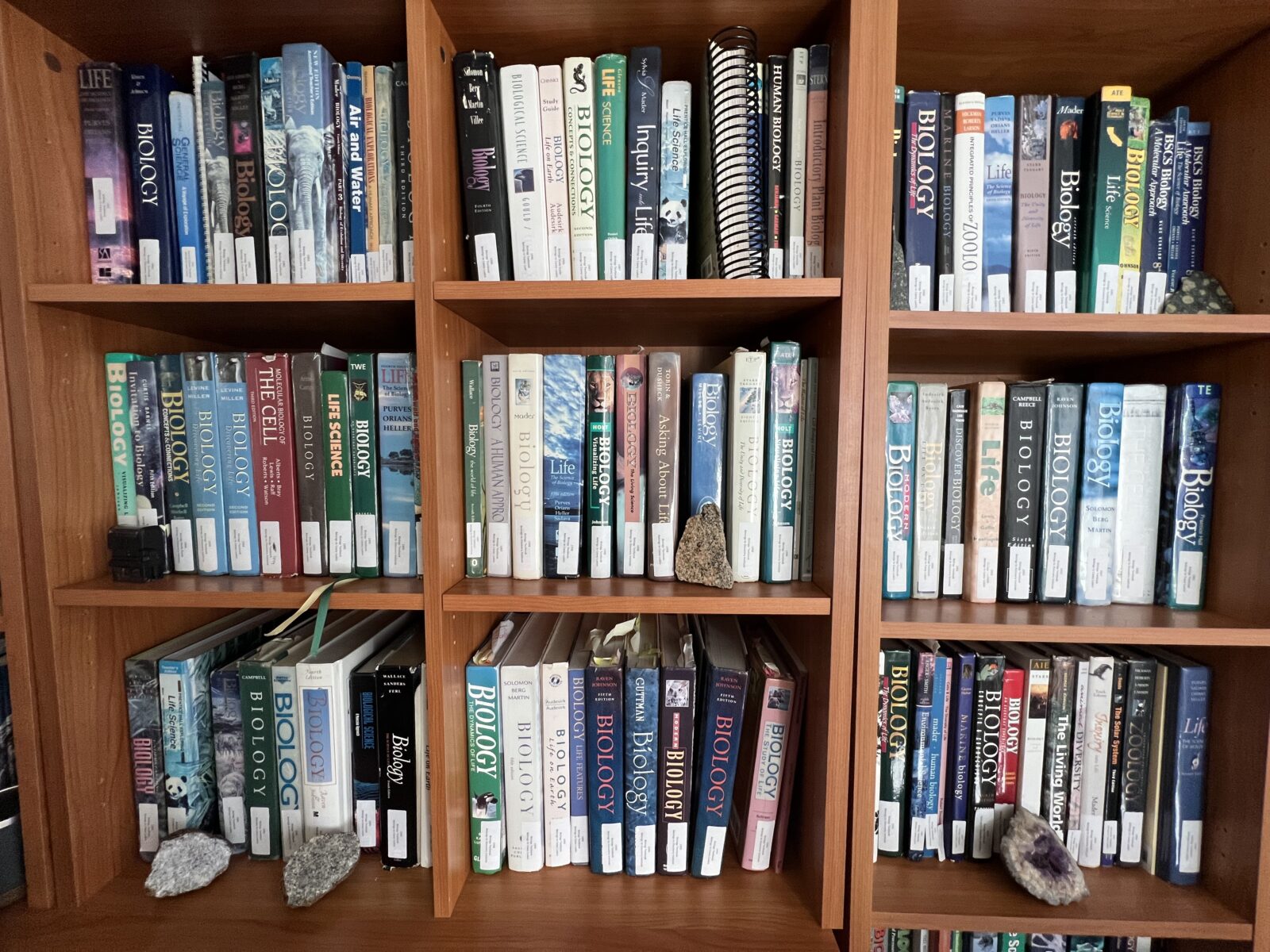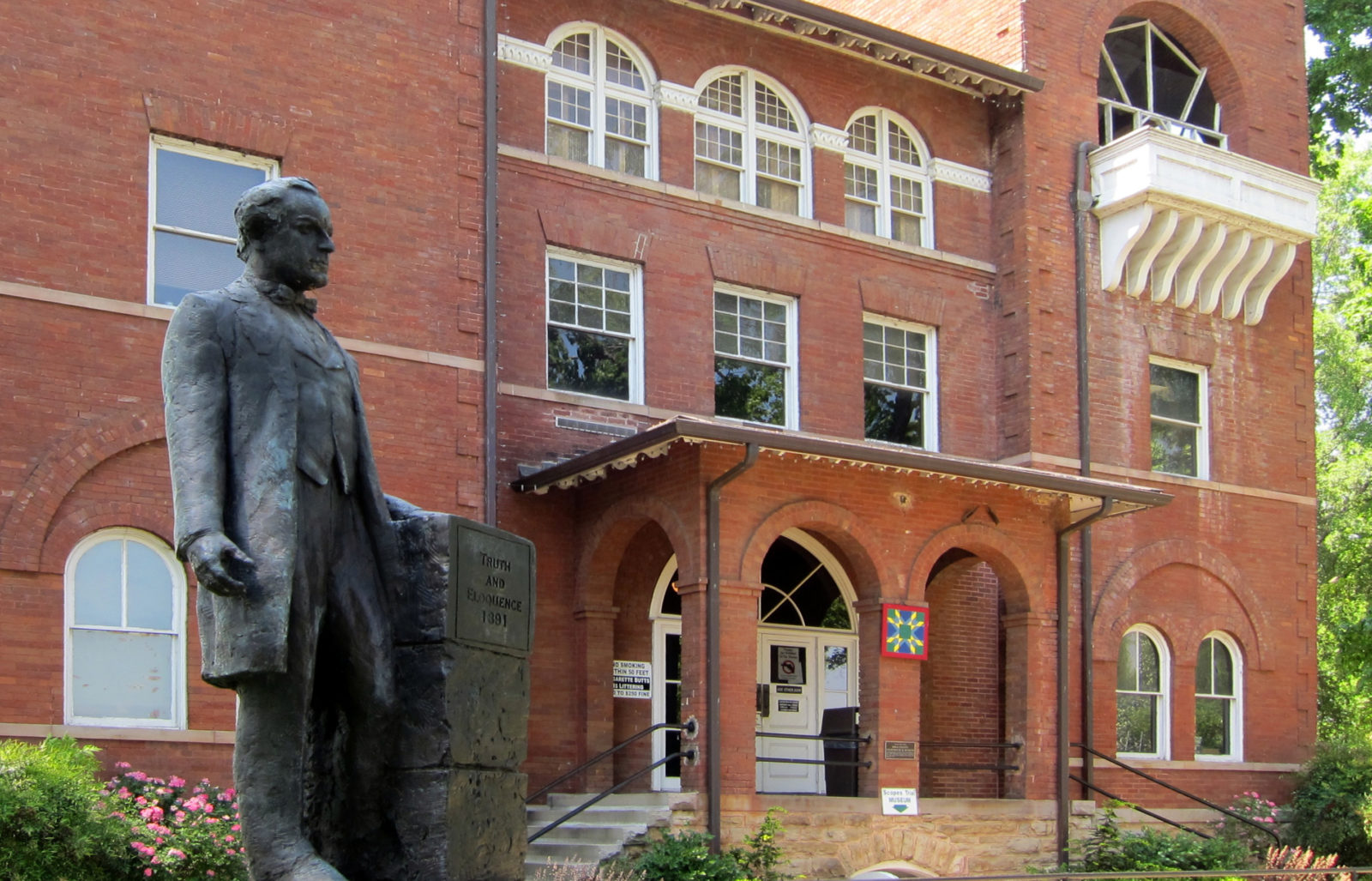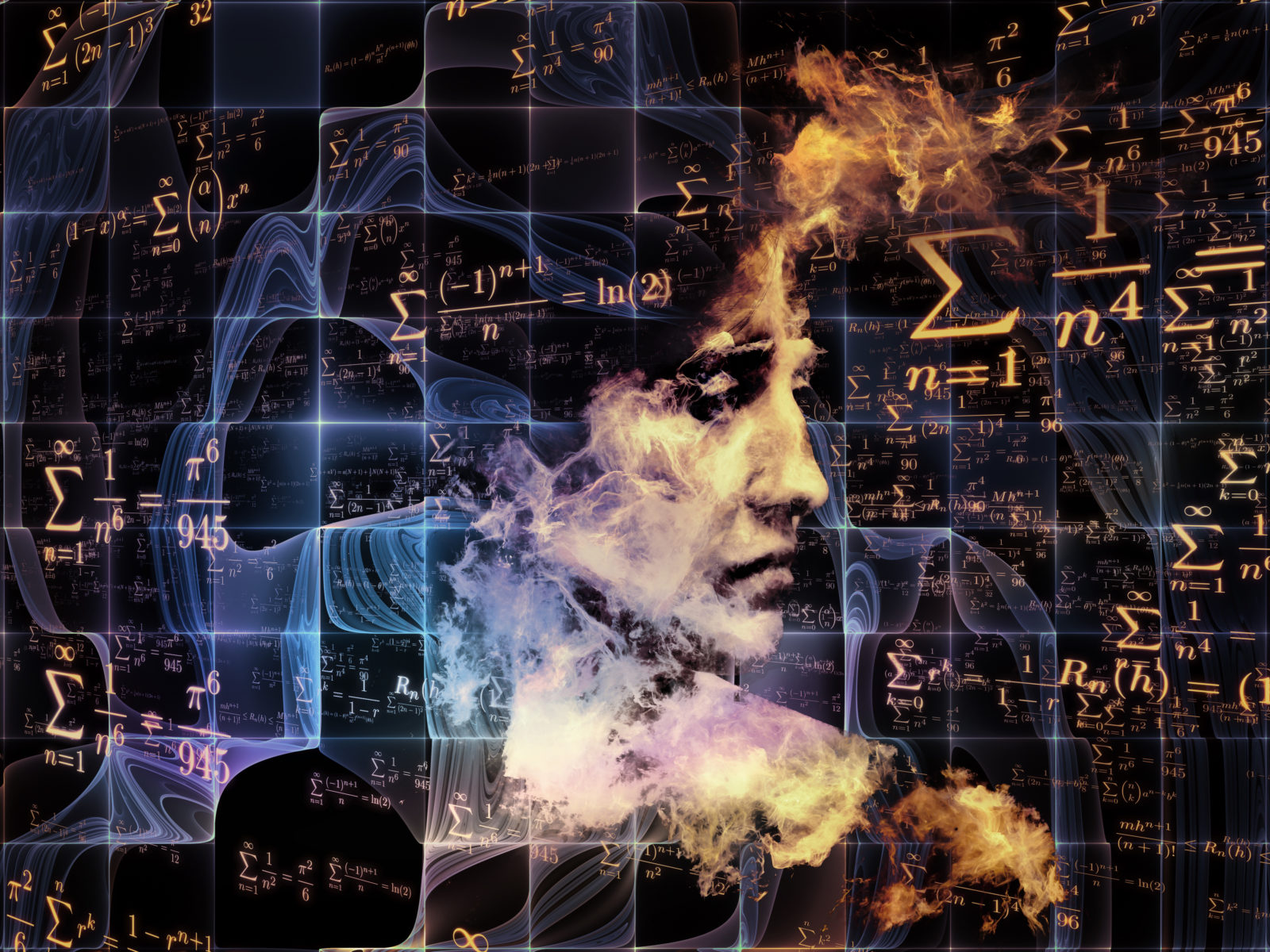


Self-Organization and Irreducibly Complex Systems

A Mathematician’s View of Evolution

An Evaluation of Ten Recent Biology Textbooks And Their Use of Selected Icons of Evolution Evaluated

Scopes Trial Symbolism Holds Today
If a deeply entrenched academic truth is challenged by new scientific insights and discoveries, should authorities allow classroom discussion of such challenges? That was the question many people believe was placed on the national stage by the famous Scopes Trial in Dayton, Tennessee in 1925. This week is the 75th anniversary of the famous trial over the freedom of a Read More ›
Analytical Science at the Center of Chemistry and Beyond its Frontier
Award Address American Chemical Society Division of Analytical Chemistry Award for Distinguished Service in the Advancement of Analytical Chemistry, Sponsored by Waters Corporation (Appendix on Natural Selection and References added September 26, 2000) Roland F. Hirsch, Medical Sciences Division, SC-73Office of Biological & Environmental ResearchOffice of ScienceU.S. Department of EnergyGermantown, Maryland 20874-1290 U.S.A. Introduction In accepting this award I would Read More ›
Doing the DNA dance
Correspondence with Science Journals
I. Introduction Much of the material shown posted as “responses to critics” on this website was originally submitted to several science journals for consideration for publication. In every case it was turned down. Below I have included the correspondence between the journals and myself. Names of journals and individuals have been omitted. The take-home lesson I have learned is that, Read More ›

Philosophical Objections to Intelligent Design
I. Is Intelligent Design Falsifiable? Some reviewers of Darwin’s Black Box (Behe 1996) have raised philosophical objections to intelligent design. I will discuss several of these over the next few sections, beginning with the question of falsifiability. To decide whether, or by what evidence, it is falsifiable, one first has to be sure what is meant by “intelligent design.” By Read More ›
